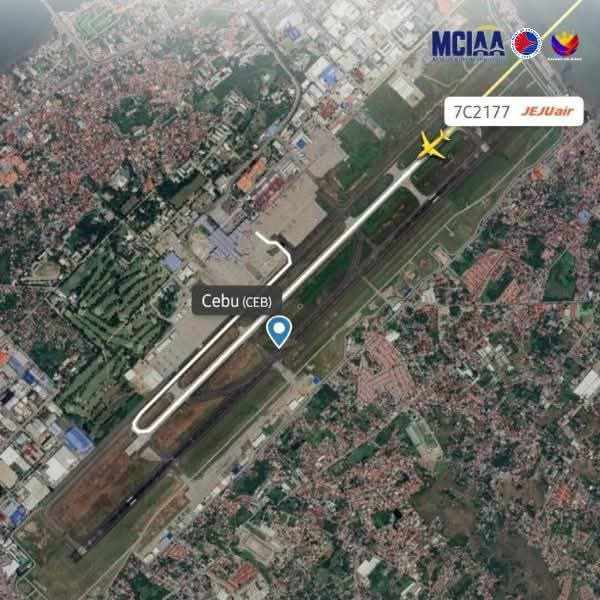✈️ MCIAA Opens Second Parallel Runway with Inaugural Flights
Lapu-Lapu City, Cebu — In a landmark development for Philippine aviation, the Mactan-Cebu International Airport Authority (MCIAA) officially launched its second parallel runway today, marked by the arrival of flight 7C2177 from Incheon at 3:34 AM and the departure of flight 5J5108 to Kansai at 3:42 AM.
MCIAA General Manager and CEO Julius G. Neri, Jr. said the new runway will significantly boost operational efficiency and airside capacity, reducing delays and paving the way for future growth in passenger and cargo traffic.
The runway spans 2,560 meters and includes a 237-meter taxiway. It ensures continued operations during maintenance or emergency closures of the main runway—currently under repair and expected to reopen within a year.
This milestone comes ahead of MCIAA’s 35th anniversary and further positions MCIA as a regional aviation hub ready to meet rising air traffic demands.
#MCIAA #MCIA #AviationNews #CebuAirport #RunwayExpansion



